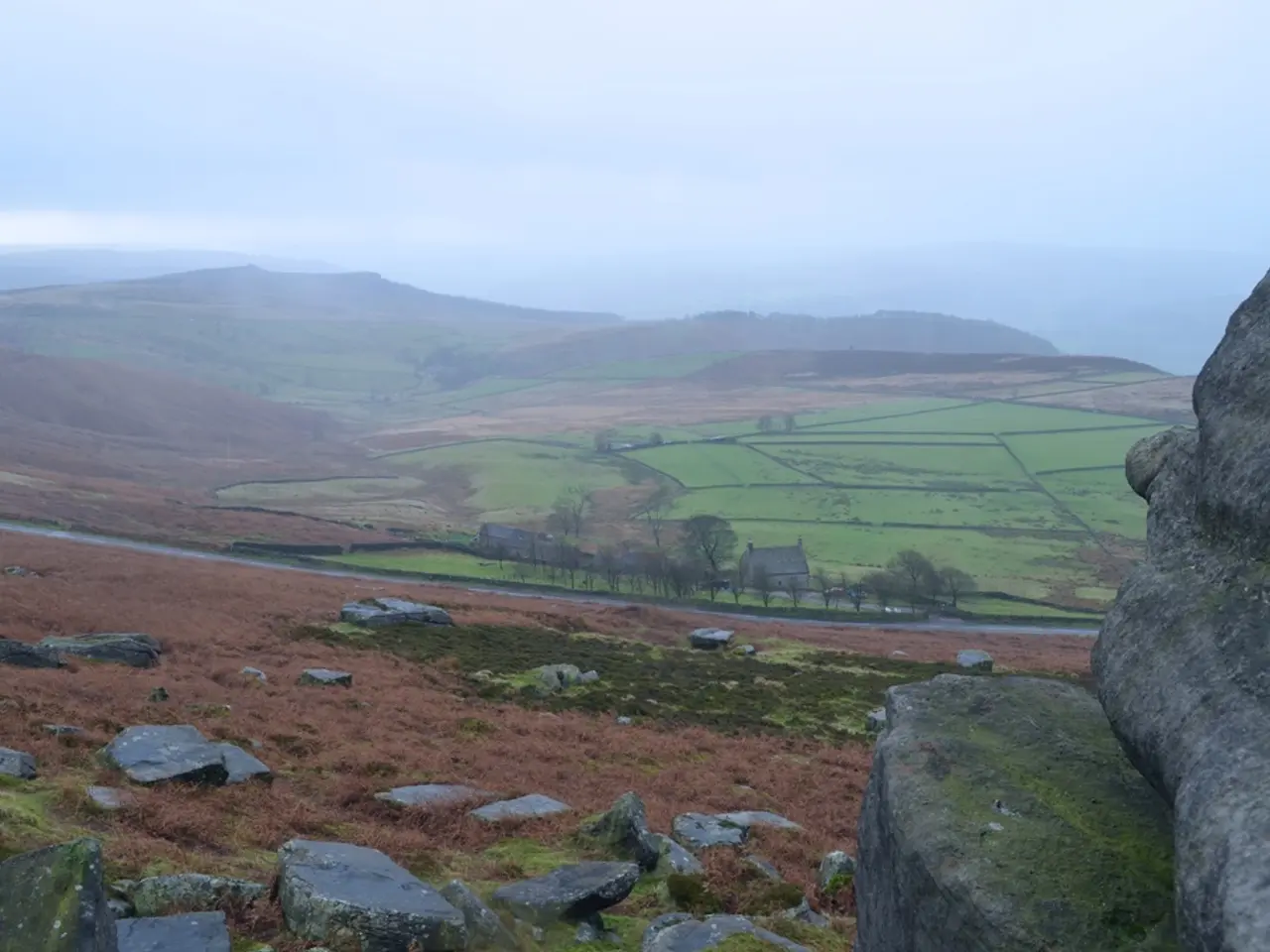IGNOU MGYP-031 Geospatial Projects: A Comprehensive Guide
IGNOU Project Report and Proposal/Summary: A 100% Original and Non-Plagiarized Document
Explore the latest trends in IGNOU's MGYP-031 Geospatial projects, which delve into geospatial techniques, remote sensing, and their applications. Here are some popular areas of focus:
- Urban Planning and Land Use Mapping
- Monitoring urban sprawl using satellite imagery
- Land use/land cover (LULC) changes over time analysis
- Smart city planning using GIS data
- Disaster Management and Risk Assessment
- Flood risk mapping and floodplain analysis
- Earthquake vulnerability zonation
- Forest fire monitoring and risk assessment
- Environmental Monitoring and Management
- Deforestation and forest cover change detection
- Soil erosion mapping and monitoring
- Water resource management and watershed analysis
- Agricultural Applications
- Crop health monitoring using NDVI and other indices
- Precision farming through geospatial data
- Drought assessment and irrigation planning
- Biodiversity and Wildlife Habitat Mapping
- Habitat suitability analysis for endangered species
- Corridor mapping for wildlife movement
- Conservation planning using GIS
- Socio-Economic and Infrastructure Development
- Population density and demographics mapping using spatial data
- Road network analysis and transportation planning
- Public utilities and infrastructure management
- Climate Change and Environmental Impact
- Glacial retreat and snow cover changes
- Coastal erosion and sea-level rise impact assessment
- Carbon stock assessment using remote sensing
Essential Components of an IGNOU MGYP-031 Project Proposal
While project requirements may vary, a typical proposal structure includes:
- Title of the Project
- A concise title reflecting the study's main focus
- Introduction
- Background and rationale for the study
- Importance of the topic in the geospatial context
- Objectives of the Study
- General objective(s)
- Specific objectives
- Study Area
- Location details with coordinates
- Significance of the area for the study
- Data Used
- Type of data (satellite images, topographic maps, census data, etc.)
- Source of data and date of acquisition
- Methodology
- Software and tools to be used (e.g., QGIS, ArcGIS, ERDAS Imagine)
- Steps for data collection, processing, and analysis
- Techniques like image classification, digitization, spatial analysis, etc.
- Expected Outcomes
- What results you aim to produce (maps, statistics, models)
- Importance of the findings and possible applications
- Work Plan / Timeline
- Schedule detailing project phases and estimated time for each
- References
- Cited books, articles, reports, and online sources relevant to the topic
- Attachments (if any)
- Preliminary maps, charts, or data samples (if applicable)
Tips for a Successful Project Proposal:
- Choose a topic aligned with your interests and available data.
- Ensure the study area is manageable within the time frame.
- Use recent satellite data or datasets for better analysis.
- Clearly define your objectives to maintain focus.
- Describe the methodology logically and realistically.
For additional assistance or project idea suggestions, feel free to ask!
- "Spatial Analysis of Urban Growth Using Geoinformatics."
- The report guarantees approval and offers comprehensive support, expertise in Hindi and English, sample materials, and guidance.
- Timely submission is crucial for success.
- 1-inch margins on all sides.
- "Predictive Modeling of Natural Disasters with Remote Sensing."
- The Conclusion and Future Work chapter includes sections on Summary of Findings, Limitations of the Project, and Future Scope.
- Includes sections for Title Page, Certificate, Abstract, and Table of Contents.
- The report consists of chapters: Introduction, Literature Review, Methodology, Results and Discussion, Conclusion, and References.
- "Remote Sensing Applications in Disaster Management."
- "Monitoring Land Cover Changes with Remote Sensing."
- The Results and Discussion chapter includes sections on Presentation of Results and Interpretation of Results.
- Uses Times New Roman or Arial font, size 12.
- The report provides contact information for further assistance, including a phone number, email, and website.
- The Methodology chapter includes sections on Materials and Tools Used, Project Design and Development Process, and Techniques and Approaches.
- In the realm of education-and-self-development, an intriguing topic for an online-education course could delve into the analysis of urban growth using geoinformatics, focusing on the literatures and methodologies involved.
- When drafting a project proposal for an geospatial project, it is essential to include a literature review section with a focus on remote sensing techniques and their applications in education-and-self-development, such as in predictive modeling of natural disasters or monitoring land cover changes.




